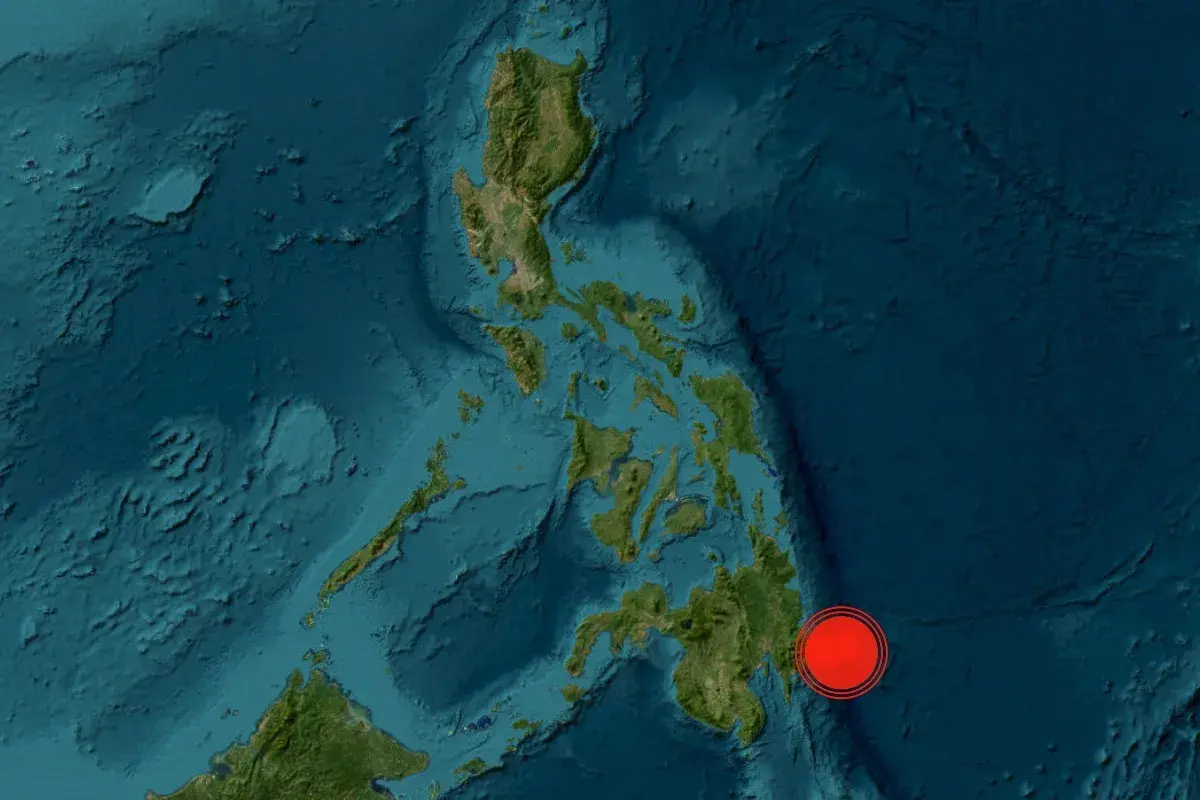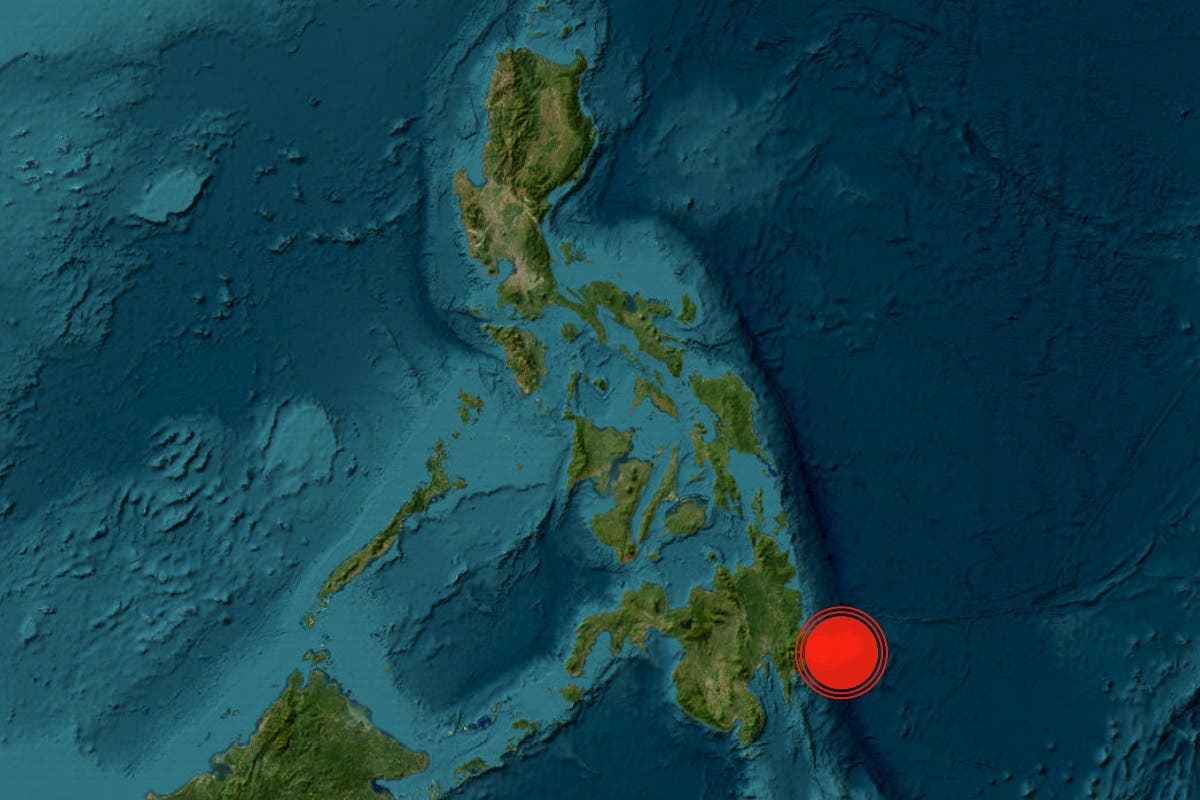Multiple earthquakes struck the Philippines Monday and Tuesday, according to the United States Geological Survey (USGS), less than a week after a magnitude 7.4 quake in the same region triggered a tsunami warning.
The USGS shows that five earthquakes rattled the region over the last 24 hours, ranging in strength from magnitude 4.8 to 5.5.
There were no immediate reports of injuries or damage on Tuesday, and no tsunami warning.
Last week’s major earthquakes resulted in landslides, hospital evacuations, and damage to schools across the region.
Why It Matters
The newest series of earthquakes struck just over a week after the country’s deadliest earthquake in over a decade, which killed at least 75 people in the central island of Cebu.
The Philippines’ location on the Pacific Ring of Fire—a zone notorious for seismic and volcanic activity—heightens the country’s risk of earthquakes and tsunamis.
The repeated seismic activity—compounded by frequent typhoons—places significant stress on disaster response systems and calls for increased government preparedness, with lawmakers now proposing greater emergency funding.
What To Know
Five additional earthquakes struck in the Philippines over a 24-hour period as the region still works to recover from a massive earthquake that struck less than a week ago.
On Monday, two earthquakes measuring 4.9 and 5.5 magnitude struck off Baculin, according to the USGS.

The following day, three separate earthquakes, one measuring 4.8 magnitude and two others at 4.9 magnitude, struck in the same area off the coast.
Phivolcs, the Philippine seismology agency, showed dozens of smaller aftershocks and quakes over the last few days.
While there were no immediate reports of damage or injuries, the area is still recovering from a large, deadly earthquake that struck last week.
A powerful 7.4-magnitude earthquake struck off the coast of Mindanao on October 10 at around 9:43 a.m. local time.
The USGS initially reported the temblor at a magnitude of 7.6 before it was revised to 7.4. The quake’s epicenter was approximately 12 miles (20 kilometers) east-southeast of Santiago, Mindanao.
The Philippine seismology agency (Phivolcs) issued a “life-threatening” tsunami warning, urging residents in Surigao del Sur, Davao Oriental, and Surigao Del Norte to evacuate to higher ground or move inland, expecting possible tsunami waves by 9:12 p.m.
The Pacific Tsunami Warning Center also recorded small waves in both the Philippines and nearby Indonesia, though major tsunami impacts did not materialize, and warnings were later lifted.
Civil defense and disaster response officials reported at least seven fatalities attributed to the quakes: two patients who suffered heart attacks in a hospital during the first quake, a resident struck by debris in Mati city, three deaths from a landslide in Pantukan town in Davao de Oro, and one fatality in Davao City where hundreds were also injured, according to the Associated Press.
What People Are Saying
Phivolcs, the Philippine seismology agency, said in a press release Tuesday: “The satellite image shows the surface rupture of the Bogo Bay Fault during the 2025 Magnitude 6.9 Northern Cebu. Coseismic deformation was mapped based on Synthetic Aperture Radar (SAR) Analysis (DInSAR and Pixel Analysis). Further analysis will be conducted as new satellite data are received.”
President Ferdinand Marcos Jr. said in a statement last week: “We are working round the clock to ensure that help reaches everyone who needs it,” noting that damage assessments and relief operations were underway.”
Jun Saavedra, a disaster-mitigation officer of Governor Generoso town in Davao Oriental, told The AP last week: “I was driving my car when it suddenly swayed and I saw power lines swaying wildly. People darted out of houses and buildings as the ground shook and electricity came off.”
What Happens Next
Authorities are continuing to assess structural damage and casualties in the regions affected by the most recent earthquakes.
With more aftershocks anticipated in the coming days and weeks, officials have urged caution and evacuation from weakened structures, especially coastal areas.
Lawmakers proposed allocating additional disaster relief funds in the 2025 national budget, and international bodies, including the United Nations, have pledged support to the Philippine government.
With aftershocks and recurrent seismic activity likely, the region faces ongoing risk.

